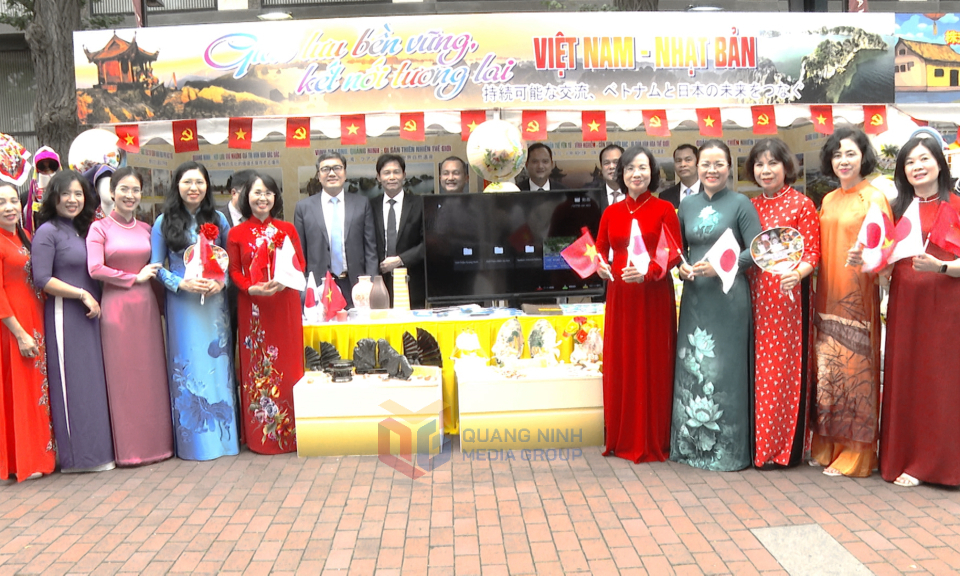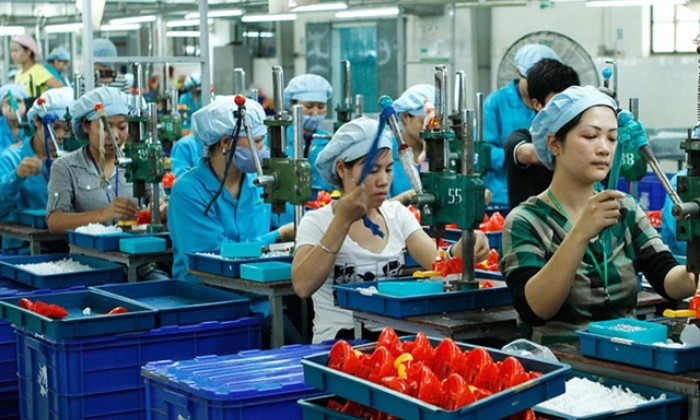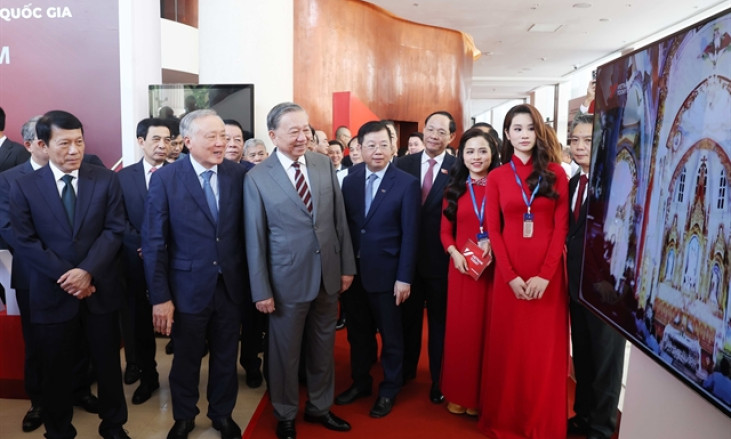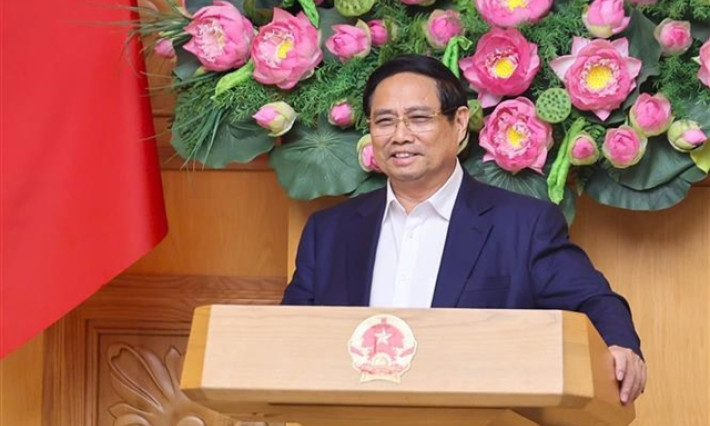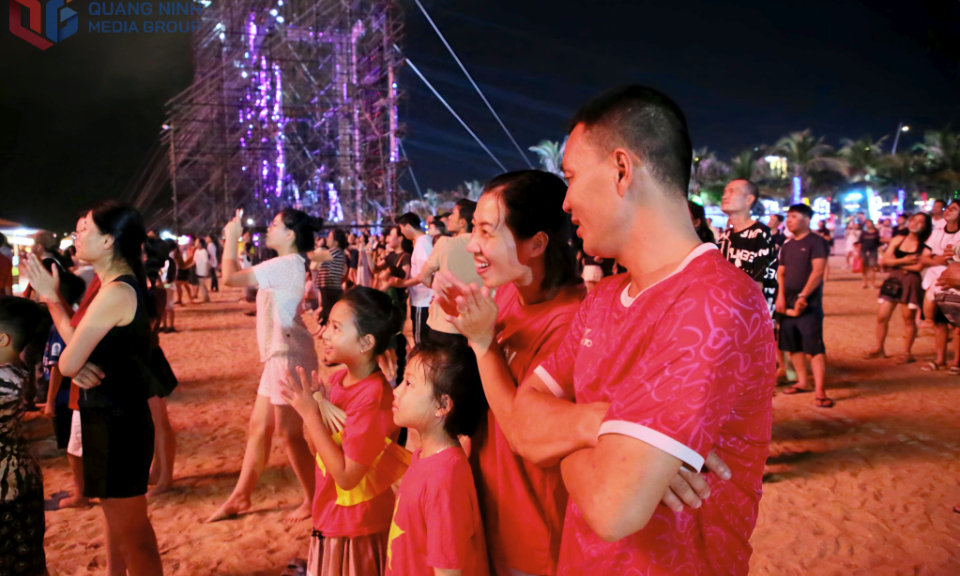'National concerts' strike a patriotic chord across Việt Nam
A series of grand concerts have been held to celebrate the 80th anniversary of the August Revolution (August 19, 1945-2025) and National Day (September 2, 1945-2025).
In Hà Nội, 'national concerts' are hitting all the right notes, stirring hearts and sparking fresh momentum in Việt Nam’s cultural industry. Born from the military parade marking the 50th anniversary of the Liberation of the South and National Reunification, the term has evolved into a favourite among young people to describe large-scale, State-organised art programmes. Never before has this phrase been so 'hot.'
A series of grand concerts have marked the 80th anniversary of the August Revolution (August 19) and National Day (September 2), drawing record crowds. Highlights included V Concert – Rạng Rỡ Việt Nam (Radiant Việt Nam) and V Fest – Thanh Xuân Rực Rỡ (Glorious Youth), each attracting about 25,000 spectators nightly at the Việt Nam Exposition Centre in Hà Nội.
Meanwhile, Tổ Quốc Trong Tim (The Fatherland in Our Hearts), organised by Nhân Dân (People) newspaper and the Hà Nội People’s Committee, transformed Mỹ Đình National Stadium into a sea of red with over 50,000 attendees. Another event, Tự Hào Là Người Việt Nam (Proud to be Vietnamese), chaired by the Party Central Committee’s Commission for Information, Education and Mass Mobilisation, also filled the stadium with more than 30,000 spectators.
These unprecedented attendance figures for politically themed art programmes demonstrate a growing public appetite for patriotic music, especially among young people. They also highlight the potential of national concerts to drive Việt Nam’s cultural industry forward.
Whether free or ticketed, these events sparked intense demand. The ticket portal for The Fatherland in Our Hearts concert was crashed within nine minutes, recording some 3 million scans and 20,000 successful bookings. Tickets for the V Concert – Radiant Việt Nam were sold out within days of release.
The recent buzz surrounding these 'national concerts' proves that political-ideological art, when given proper investment, executed with sophistication and promoted with a strategic media approach, can fully meet requirements in terms of ideological content, artistic quality and economic value. Beyond creating temporary employment and income for the vast production teams, sometimes numbering in the hundreds or thousands, large-scale artistic events also drive the development of related services such as tourism, hospitality, transportation, fashion, street vending and souvenirs.
Associate Professor Dr Bùi Hoài Sơn, a full-time member of the National Assembly's Committee for Culture and Society, stated that if professionally organised, closely linked with other service sectors and developed with long-term branding, “national concerts” can become more than just spectacular performances but serve as a sustainable driving force for both the cultural industry and the national image.
According to Dr Hoàng Thị Thu Hà, a lecturer at the Faculty of Culture Industry and Heritage under the School of Interdisciplinary Sciences and Arts of the Việt Nam National University, Hà Nội, for such concerts to have a lasting impact and contribute meaningfully to the development of the cultural industry, Việt Nam must go beyond enhancing professionalism and creativity in programme and product development. A long-term strategy with systematic policies is essential to foster a thriving creative ecosystem, from streamlining event licensing procedures to strengthening the effectiveness of public-private partnerships and focusing investment on cultivating high-quality creative and performing arts talent.
Media experts also emphasised that to make national concerts and performing arts products in general a key driver of the cultural industry, investment in infrastructure is needed to support large-scale artistic events. In addition, these art programmes should be interconnected with other sectors such as tourism, fashion, cuisine, handicrafts and the digital content industry. This approach will help build an integrated chain of services, generate significant added value and diversify public experiences. It is also the foundation for different sectors of the cultural industry to work hand in hand toward sustainable development.


